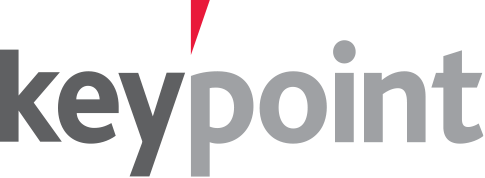With an increased focus on anti-money laundering (AML) and countering the financing of terrorism (CFT) risks in financial institutions, regulators globally are strengthening AML regimes. Two of the top 10 banking fines of 2020 were directly linked to AML/CFT breaches. One way that financial institutions – in Bahrain, regionally and globally – are responding to increased threats and increased vigilance is to design and implement key performance indicator (KPI) frameworks that assign specific AML/CFT responsibilities to individuals, units and departments – and make achievement of those responsibilities a significant contributor to the annual performance evaluation and remuneration process.
CBB requirements & leading practice
Leading practice in developing and implementing AML/CFT frameworks is to assign each staff member, unit and department specific AML/CFT responsibilities – underlining the importance of annual AML/CFT training for all employees. Financial institutions in the Kingdom of Bahrain are required by the Central Bank of Bahrain (CBB) (see circular EDBS/KH/C/43/2020 dated 7 May 2020) to develop AML/CFT key performance indicators (KPIs) for employees, units and departments – and to link those KPIs with annual performance evaluations and remuneration.
AML/CFT KPI frameworks
The CBB requires regulated financial institutions to introduce metrics that define specific tasks, assign responsibilities, and measure performance. Broad objectives include:
- Employees should not be incentivised for exposing organisations to increased AML/CFT risk
- Performance measures should include AML/CFT-related responsibilities
- Responsibilities for compliance breaches and deficiencies should be appropriately attributed
- Both quantitative measures and human judgement should play a part in determining remuneration and bonuses
- Remuneration and bonuses should be linked to AML/CFT compliance
What is expected?
The CBB requires financial institutions to comply with its AML/CFT regulations. Leading practice clearly shows that specific and measurable performance indicators should be a central component of any effective compliance structure. Generally, the AML/CFT KPI process includes:
- Defining tasks, KPIs and measurement criteria for each department, unit and individual
- Mapping KPIs to AML/CFT procedures and monitoring processes
- Risk-rating tasks and assigning KPIs to individual process owners
- Defining tools to measure performance
- Assigning weightage to AML/CFT KPIs when evaluating the individual and group performance
- Updating job descriptions of relevant persons to include AML/CFT KPIs
- Linking AML/CFT KPIs to performance evaluations
- Enhancing remuneration structures to include AML KPIs as a compliance parameter
- Reviewing performance based on multiple factors such as internal and external reports and compliance, MLRO and regulatory reviews
- Including KPI frameworks in AML policies and procedures
- Maintaining a matrix of tasks, KPIs and performance reviews
- Obtaining senior management & board approval for AML KPI matrices
Identify & map key tasks
Objectives:
- ML/CFT policies & procedures cover all risks and related tasks
- Department, unit & employee performance is measured qualitatively
- Employee accountability is enhanced
Keypoint’s FRC team
Keypoint’s financial regulatory compliance (FRC) professionals have extensive experience in the financial crime, compliance, AML and risk management fields. Our team use their deep insight to develop practical approaches that help clients to comply with regulatory obligations while creating value by providing efficient and cost-effective solutions.
Our FRC solutions are focused on four key areas:
- Compliance
- Anti-money laundering
- FATCA and CRS
- Corporate governance
For more information on how FRC team can help you develop KPI frameworks for AML/CFT, please contact us!




